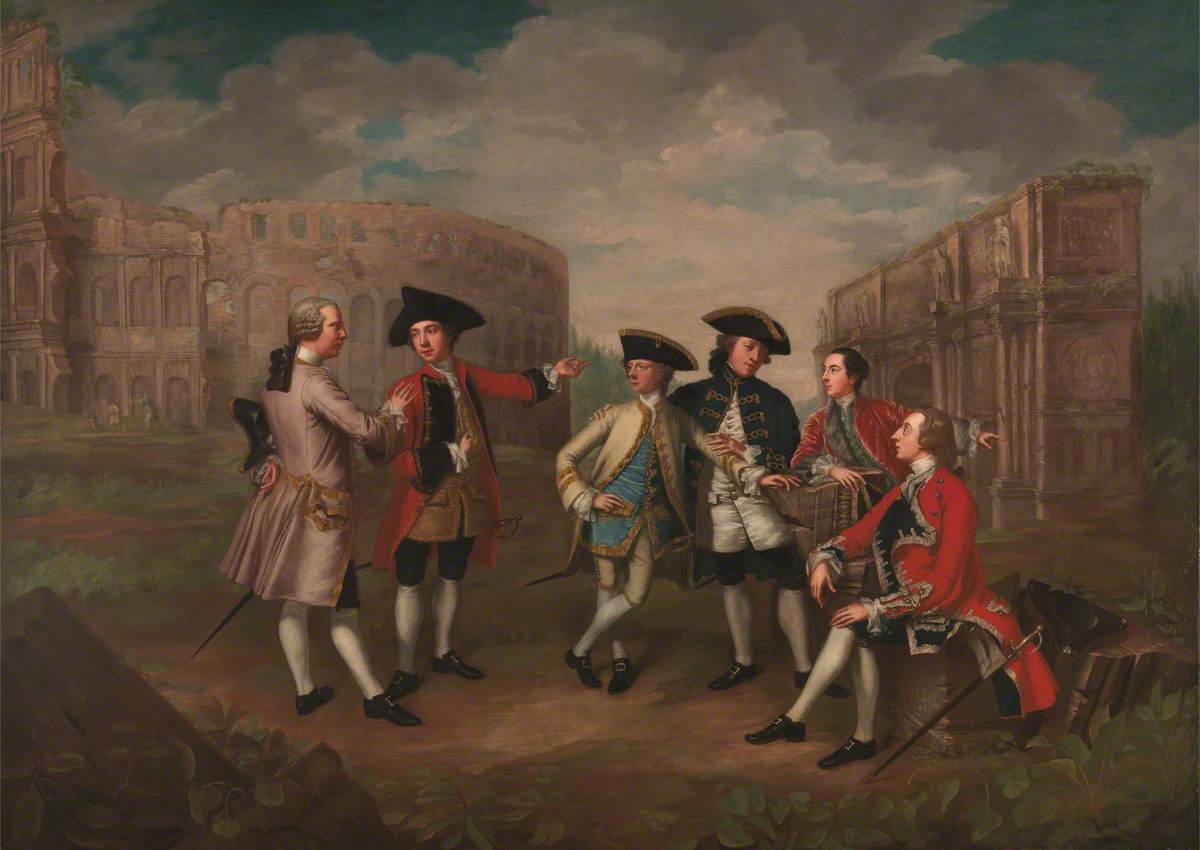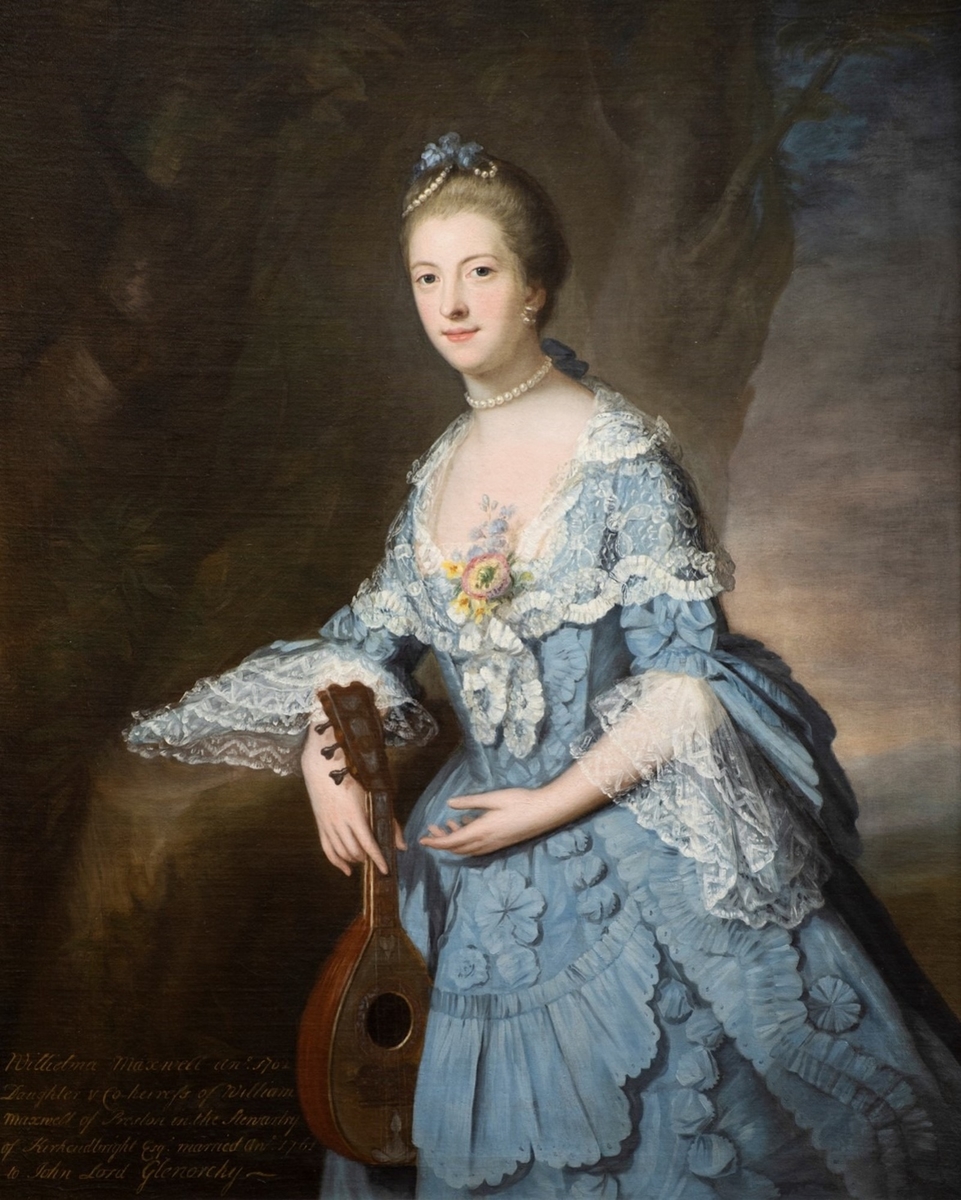The Tate have done well out of their Cezanne exhibition, a sold-out crowd pleaser by a reliable 'big name'. More importantly, they have done well by the artist, presenting an unpreachy, semi-thematic chronology of his life and work which ticks most of the boxes. There is a nod to inclusivity, with contemporary artist comments, some of which work better than others. There are a few blind alleys: it is difficult to politicise Cezanne and the attempt here seems rather tokenist. There are some thin areas - I would personally have liked to see more portraiture. But generally it is a job well done.
An exhibition like this, by such a well-known artist, does not have to be clever or innovative. There is enough of a wow-factor just to stand in front of the paintings and be reminded of the colour and the brush marks, the scale and the subtle details which get overlooked in reproduction. But a great exhibition by a great artist perhaps needs to attempt something more, so that you leave feeling that you have not just re-energised your view, but you have actually had to completely rethink it. I am not sure that happens in the Tate show. Cezanne is still the reality-challenging, proto-Cubist 'father of modern art', still the purveyor of apples and mountains and vertical blue seas.
The exhibition begins with a self portrait, the only one there, despite his many iterations. The bald head and beard, a prematurely aged 36 year old, looking a little too serious, are so familiar he could be a member of the family. The caption points out 'flamboyant pink' wallpaper, a suggestive description which both seems unnecessary and inappropriate, and misses the point. The background is not background: it is as solid and integral and important as the figure. The fleshy pinkness of it is, if anything, more alive than the pallid forehead skin of the artist. The closer you get and the longer you look, the more the two forms play off each other, with a repeated colour here, a brushstroke there. The more the solidity, the reality of the two - one a three-dimensional solid, the other a flat plan - merge into the single constructed reality of the picture surface, and the physical tactility of the paint marks.
The second room contains a small, heavily impasto'ed still life with a blue cup from around 1866, an example of what the exhibition, quoting Cezanne, calls his 'ballsy' style. The paint is slapped on, almost angrily, the complete antithesis of the controlled regularity of hatched strokes which feature so prominently in his later work. The colour sings, richly sensual, so the everyday objects take on a jewel-like glistening as if the canvas has been gem-encrusted. And it is colour that remains key: zesty citrus, poison-red and acid-green apples, so intense and involving, so real and solid. Those cool, grey-greens and violet-blues which create an interior space, at once believable and unreal, in which Cezanne's spatial experiments seem calmingly normalised. Fall into the background of one of his large still lives and drown in the careful subtlety of it, the warming pinks that tinge the grey, the repeated resonances.
You almost don't need the nine other crowded rooms where people jostle to see more still lives, more views of l'Estaque, more Mont St Victoires. In many ways the landscapes are the least involving aspect of the show. His debt to Pissarro is large and lingering: all those lattices of tree trunks and branches. The orange, green, blue palette of his l'Estaque views seems unsubtle and the sudden intrusion of geometry which punctuates these landscapes strikes a discordant note, intentional or otherwise. It is not Cezanne's fault that these became such iconic inspiration to early Cubists, but the lingering taste for faceting, flattening and abstraction somehow stales these canvases. The connection between artist and subject, which seems so integral to the still lives is less immediate. And it is not until the late great dialogue with Mont St Victoire that I feel it renewed.
Cezanne is usually presented as a painter of ideas, a man for whom subject was a vehicle for form, but so many aspects of his career seem to work against this view. His dark early subject matter, his preference for people he knew over professional models, his obsessive revisiting of what he loved; and most of all his intense, evocative, immersive love of colour. Cezanne comes across as a man who felt deeply, for whom the act of seeing - even seeing the everyday and the ordinary - was profound, perhaps even spiritual. It turned air into something tangible and solid: there are canvases where the sky and the mountain are fused into a mesh of pinks, violets and greys. It turned a piece of fruit into something eternal and significant. It monumentalised the everyday into a new meta-reality of richness, pattern and texture which defies the laws of physics and rationality. You have no choice but to take his pictures at faith value. The Tate's exhibition presents a surfeit of Cezannes but in the end, I really only wanted to be on my own with one and get a long, quiet, uninterrupted period of time to look. And look. And look.




















_by_Read.jpg/220px-Frances_Moore_Brooke_(1724-1789)_by_Read.jpg)

